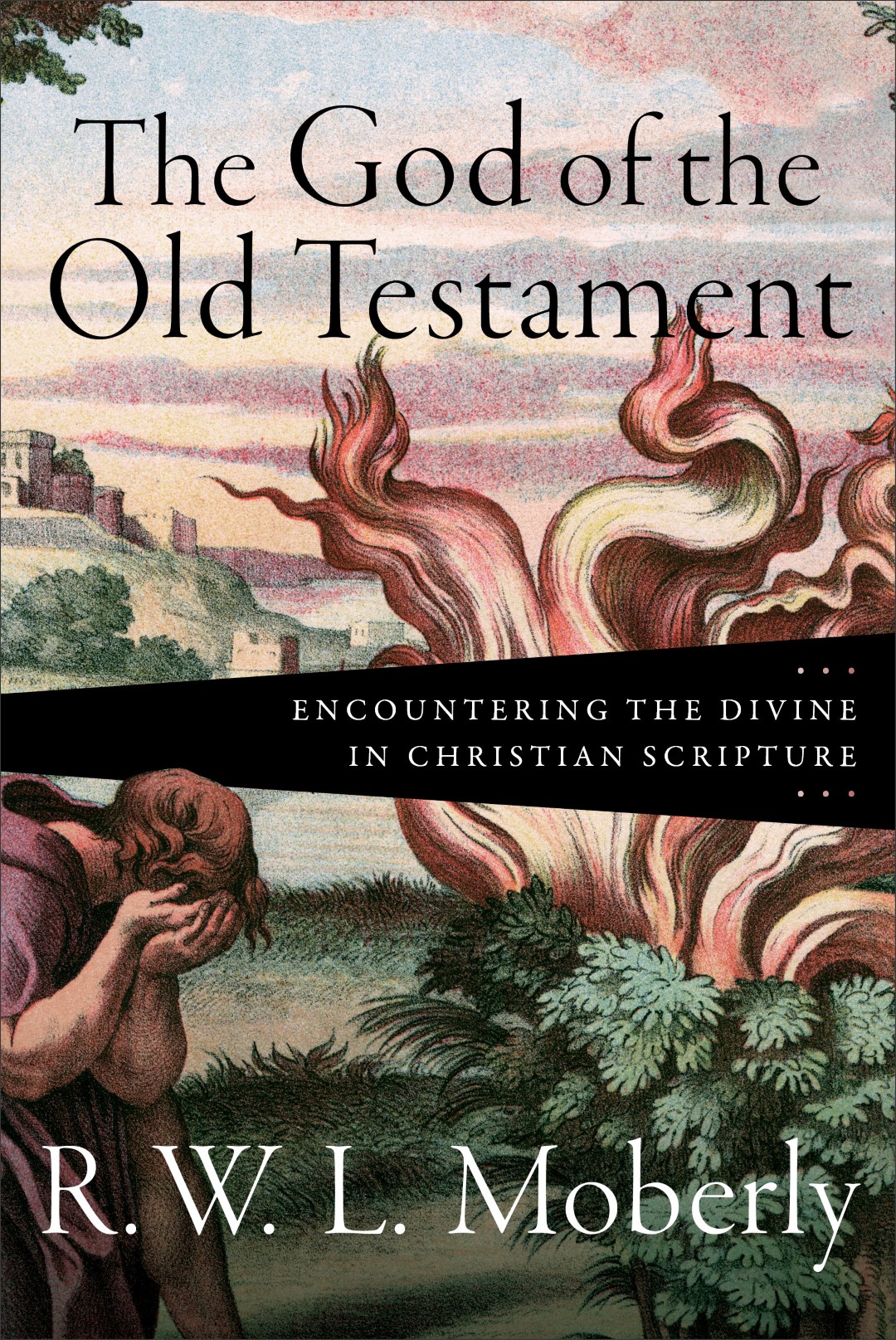
(We should also allow the possibilitythat the MT has been edited to conform to Jewish biases.) This makes it potentially valuable for criticism of thePentateuch (the Samaritans did not revere the other portions of theHebrew Bible) - as long as we remain aware that it has been editedto conform to Samaritan biases. The production of a sect considered schismatic by the Jews,the text (which survives mostly in recent manuscripts,and in rather smaller numbers than Hebrew bibles, as the Samaritansect is nearly extinct) shows definite signs of editing - but alsoseems to be based on a Hebrew text which predates the Massoreticrecension. Perhaps the most important of all are the Qumran scrolls ofSamuel, 4QSam a and 4QSam b, as they representa tradition clearly independent from the MT, and apparently better(as the manuscripts lack many of the defects which afflict MT Samuel).Īlso in Hebrew, but with differences in dialect, is the SamaritanPentateuch. Inaddition, many have texts very similar to the MT - but a handful donot. With only a handful of exceptions, such as theQumran Isaiah scroll, these manuscripts are damaged and difficultto read, and the portions of the OT they contain are limited. Prior to this, we have only a handful of Hebrew manuscripts.The best-known of these are the Qumran manuscripts (the "DeadSea Scrolls"), though there are others such as the relics fromthe Cairo Genizah. Our earliest substantial MT manuscripts date from about the tenthcentury. The latter should generallybe treated not as authoritative variants but as conjectural emendations they have no genetic significance. Thus the K etib/Q ere variantsadd very little to our knowledge of the ancient text, and the accidentalvariants of Massoretic copyists add even less. Such notedvariants are, however, relatively rare, and many of the Q erereadings correct places where the text is so bad that it could hardlystand in any case. The K etib ("written")are the readings of the text the Q ere are marginal readingswhich the reader is instructed to substitute for the text. The Massoretic Text contains a handful of carefully preserved variant readings, theK etib and Q ere. Had such techniques been inuse from the very beginning, textual criticism of the Hebrew Bible wouldbe a trivial task.

The Massoretes weretrained with exquisite care to preservethe text in all its details (down to such seeming minutae as the size ofcertain letters in the text and their position above or below the line).They also followed very exacting techniques of checking their manuscripts.The result is a text which shows almost no deviation, and manuscripts whichreproduce it with incredible precision. The first and most important source is, of course, the Hebrew manuscripts.With a very few exceptions (which we shall treat separately), these werecopied in the Middle Ages by scribes known as the Massoretes (hence the nameMassoretic Text, frequently abbreviated MT or even M). To begin with, let us review the materials. This forces us to use rather different methods thanwe currently use in the New Testament.

Since the manuscripts of the Majority recension appear not to preserve theoriginal Hebrew and Aramaic with complete accuracy, there is an obvious needfor textual criticism.
#TEXTUAL CRITICISM OF THE OLD TESTAMENT PLUS#
In terms of materials, Old Testament criticism resembles New Testamentcriticism in about the eighteenth century: There are many manuscripts,but all of the same Majority recension, and there are a few versions,some of which differ significantly from the Hebrew, plus a handful of fragments ofolder materials. And the division isjustified, because the differences between the fields are significant.For reasons of space (plus the author's ignorance, plus the factthat criticism of the Hebrew Bible is an incredible mess with no signsof breakthrough), we can only touch briefly on OT criticism here.

Trying to divide textual criticism into separate subdisciplines is notreally a useful business (since all forms of TC have large areas incommon), but if categories must be devised, the obvious categories wouldbe New Testament criticism, ClassicalTextual criticism, and Old Testament criticism.

Old Testament Textual Criticism Old Testament Textual CriticismĬontents: Introduction * The Materials of Old Testament Criticism * The Methods of Old Testament Criticism * Appendix: Textual Criticism of LXX Introduction


 0 kommentar(er)
0 kommentar(er)
